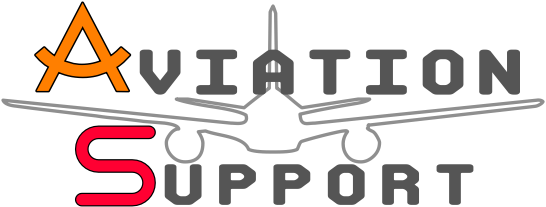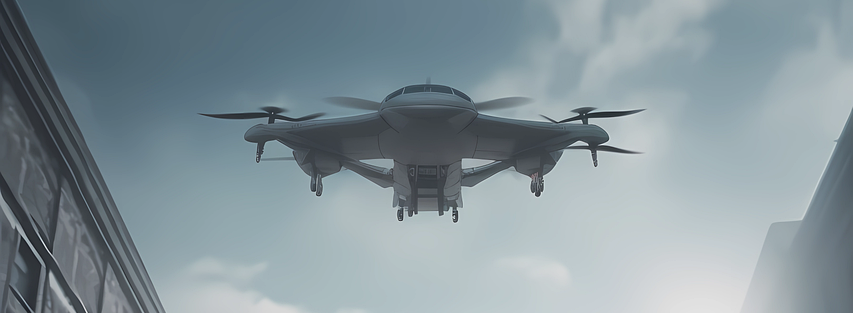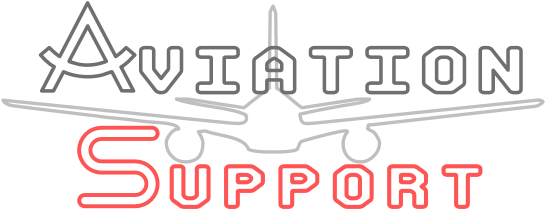“VTOL: Revolutionizing Aviation with Vertical Takeoff and Landing Technology.”
The Benefits of VTOL (Vertical Takeoff and Landing) Technology in Aviation
Vertical Takeoff and Landing (VTOL) technology has revolutionized the aviation industry in recent years. This innovative technology allows aircraft to take off and land vertically, eliminating the need for traditional runways. The benefits of VTOL technology in aviation are numerous and have the potential to transform the way we travel.
One of the key advantages of VTOL technology is its ability to access remote and inaccessible areas. Traditional airports require long runways, limiting their location options. However, with VTOL technology, aircraft can take off and land in small spaces, such as helipads or even rooftops. This opens up a whole new world of possibilities for aviation, allowing for increased connectivity to areas that were previously difficult to reach.
Another significant benefit of VTOL technology is its potential to reduce congestion at airports. As urban areas continue to grow, airports are becoming increasingly crowded, leading to delays and inefficiencies. VTOL aircraft can bypass traditional airports altogether, using smaller landing areas in urban centers. This not only reduces congestion but also allows for faster and more efficient travel, as passengers can avoid the hassle of navigating through large airports.
VTOL technology also offers improved safety features compared to traditional aircraft. With the ability to take off and land vertically, VTOL aircraft can operate in a wider range of weather conditions. This means that flights can continue even in adverse weather, reducing the risk of cancellations or delays. Additionally, VTOL aircraft have the advantage of being able to land in emergency situations, such as on water or in remote areas, providing a higher level of safety for passengers.
Furthermore, VTOL technology has the potential to revolutionize emergency medical services. In critical situations, every second counts, and traditional ambulances can be hindered by traffic congestion. VTOL aircraft equipped with medical facilities can quickly transport patients to hospitals, bypassing traffic and saving valuable time. This could be particularly beneficial in rural areas where access to medical facilities is limited.
In addition to these practical benefits, VTOL technology also has the potential to reduce environmental impact. Traditional aircraft require long runways and consume significant amounts of fuel during takeoff and landing. VTOL aircraft, on the other hand, have a smaller footprint and can operate more efficiently. This not only reduces carbon emissions but also decreases noise pollution, making VTOL aircraft more environmentally friendly.
The benefits of VTOL technology in aviation are clear. From increased accessibility to reduced congestion, improved safety features, and potential advancements in emergency medical services, VTOL technology has the potential to transform the way we travel. Additionally, its potential to reduce environmental impact makes it a promising solution for a more sustainable aviation industry.
As VTOL technology continues to advance, we can expect to see more widespread adoption and integration into various sectors of aviation. The future of aviation is vertical, and with the numerous benefits that VTOL technology offers, it is an exciting time for the industry. Whether it’s accessing remote areas, reducing congestion, improving safety, or minimizing environmental impact, VTOL technology is set to revolutionize the way we fly.
Implementing VTOL: Challenges and Opportunities in the Aviation Industry
Implementing VTOL: Challenges and Opportunities in the Aviation Industry
Vertical Takeoff and Landing (VTOL) technology has the potential to revolutionize the aviation industry. With the ability to take off and land vertically, aircraft equipped with VTOL capabilities can operate in areas with limited infrastructure, opening up new possibilities for transportation and logistics. However, implementing VTOL in the aviation industry comes with its own set of challenges and opportunities.
One of the main challenges in implementing VTOL is the development of the necessary infrastructure. Traditional airports are designed for aircraft that require long runways for takeoff and landing. To accommodate VTOL aircraft, new infrastructure needs to be built, including helipads and landing zones. This requires significant investment and coordination between aviation authorities, government agencies, and private companies. Additionally, the integration of VTOL aircraft into existing airspace systems poses a challenge, as it requires the development of new air traffic management systems and protocols.
Another challenge is the development of VTOL technology itself. While there have been significant advancements in this field, there is still work to be done to improve the efficiency and reliability of VTOL systems. Battery technology, for example, needs to be further developed to provide longer flight times and faster charging capabilities. Additionally, the noise generated by VTOL aircraft is a concern that needs to be addressed, as it can have an impact on the environment and communities surrounding airports.
Despite these challenges, implementing VTOL in the aviation industry presents numerous opportunities. One of the main advantages of VTOL technology is its ability to provide access to remote areas. This opens up new possibilities for medical evacuation, search and rescue operations, and transportation of goods to areas that are difficult to reach by traditional aircraft. VTOL aircraft can also be used for urban air mobility, providing a faster and more efficient mode of transportation in congested cities.
Furthermore, VTOL technology has the potential to reduce the environmental impact of aviation. Electric VTOL aircraft produce zero emissions during flight, reducing greenhouse gas emissions and air pollution. This aligns with the growing demand for sustainable transportation solutions and can contribute to the aviation industry’s efforts to reduce its carbon footprint.
In addition to the environmental benefits, VTOL technology can also lead to cost savings. Traditional airports require significant infrastructure and maintenance costs. With VTOL aircraft, the need for long runways and extensive ground infrastructure is eliminated, reducing operational expenses. This can make air transportation more affordable and accessible, benefiting both passengers and businesses.
To fully realize the potential of VTOL in the aviation industry, collaboration between stakeholders is crucial. Governments, aviation authorities, and private companies need to work together to develop the necessary regulations, standards, and infrastructure. Research and development efforts should focus on improving VTOL technology, addressing challenges such as battery life, noise reduction, and safety.
In conclusion, implementing VTOL in the aviation industry presents both challenges and opportunities. The development of infrastructure, technology, and regulations are key areas that need to be addressed. However, the potential benefits of VTOL, such as increased accessibility, reduced environmental impact, and cost savings, make it a promising technology for the future of aviation. With the right investments and collaboration, VTOL has the potential to transform the way we travel and transport goods.
The Future of Aviation: Exploring the Potential of VTOL

VTOL Landing Pad / Helipad
Vertical Takeoff and Landing (VTOL) technology has the potential to revolutionize the aviation industry. With its ability to take off and land vertically, without the need for a runway, VTOL aircraft offer a range of benefits that could shape the future of aviation.
One of the key advantages of VTOL technology is its ability to access remote and hard-to-reach areas. Traditional aircraft require a runway for takeoff and landing, limiting their accessibility. However, VTOL aircraft can operate from small helipads or even open spaces, making them ideal for reaching areas with limited infrastructure. This opens up new possibilities for emergency medical services, search and rescue operations, and transportation to remote locations.
In addition to their versatility, VTOL aircraft also offer significant time savings. With traditional aircraft, passengers often have to travel to airports located far from their destinations. This can result in long travel times and increased congestion on roads. VTOL aircraft, on the other hand, can take off and land in urban areas, reducing travel time and congestion. This could revolutionize urban transportation, making it faster and more efficient.
Furthermore, VTOL technology has the potential to reduce the environmental impact of aviation. Traditional aircraft rely on fossil fuels, contributing to greenhouse gas emissions and air pollution. VTOL aircraft, on the other hand, can be powered by electric or hybrid-electric propulsion systems. These systems are more environmentally friendly, producing fewer emissions and reducing noise pollution. By adopting VTOL technology, the aviation industry can take a significant step towards achieving sustainability goals.
The development of VTOL technology is not without its challenges. One of the main obstacles is the need for advanced control systems to ensure safe and stable flight. VTOL aircraft must be able to transition smoothly between vertical and horizontal flight modes, requiring sophisticated control algorithms. Additionally, the design of VTOL aircraft must take into account factors such as weight distribution and aerodynamics to ensure optimal performance. Overcoming these challenges will require extensive research and development efforts.
Despite these challenges, the potential of VTOL technology is undeniable. Several companies and research institutions are already investing in the development of VTOL aircraft. For example, Uber has announced plans to launch a network of VTOL air taxis in the near future. These air taxis would provide a new mode of transportation, offering a faster and more convenient alternative to traditional ground transportation.





